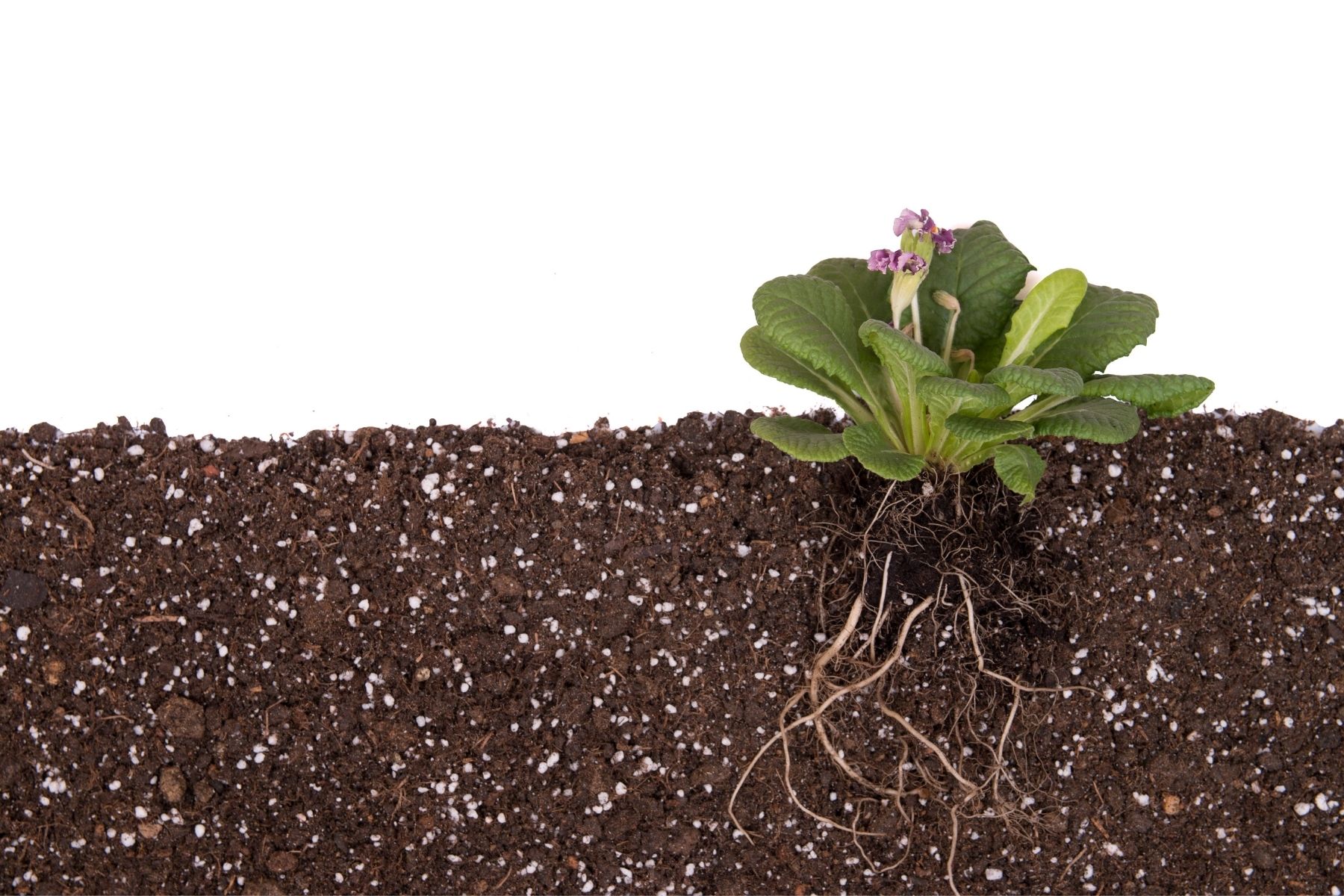Last Updated on April 15, 2024 by Real Men Sow
All plants have hormones. The growth hormone auxin is found in the immature portions of the plant. In rooting hormone powders or gels, synthetic auxins are used to mimic natural growth conditions and encourage the formation of roots. Hormone rooting powders may also contain cytokinins, fungicides, and other chemicals that reduce the chance of plants being infected by fungi.
Why Use Hormone For Rooting
Cuttings taking root can increasingly benefit from rooting hormones. The root will develop faster and stronger than if no plant-rooting hormones have been used. Although many plants can root themselves, it is much easier to propagate ‘difficult plants’ using a root hormone. Rooting hormones are not essential. Many gardeners swear by them. Others don’t believe it’s necessary.
When to Use Rooting Hormones
The time of the year is a good indicator as to whether you should use rooting hormones. Low concentrations of rooting hormones can be used to root herbaceous softwood cuttings in the summer. They root quickly and are easy to maintain. High concentrations are used in winter for woody hardwood cuttings that take longer to root.
What plants do not root without hormones?
Some plants are more able to root than others. These plants are not most likely do not root, without hormones.
- Dahlia
- Hibiscus
- Lobelia
- Osteospermum
Fuchsias can also be helped by extra support and, also, salvias, snapdragon.
When Not to Use Rooting Hormones
Organic gardeners may avoid using synthetic rooting hormones. They are artificially manufactured and contain fungicides. Fungicides have been shown to cause bee declines. If used incorrectly, they can also inhibit photosynthesis and may lead to poor long-term growth. Some plants don’t even need them. These plants include:
- Coleus
- Impatiens
- Petunia
- Lavender
- Perennial wallflower
- Verbena bonariensis
However, organic rooting powders are available. These contain naturally occurring auxins. Look for these rooting powders if you need them.
How to Use Rooting Hormones
There are three types of rooting hormones: liquid, gel, and powder. You should only use powders or gels. It is possible to cause damage to the cuttings if too much liquid rooting hormone is accidentally used.
Make sure your cuttings are clean and fresh. You should cut just below the leaf join or node, where there are naturally occurring plant auxins. Then, remove lower leaves as to not affect growing roots.
The powder or gel can be poured into a sterilized container. Simply dip your cutting base into the container, then tap or shake it to get rid of any excess. If the powder doesn’t stick, then you should first gently dip the cutting in water. Stick the cutting in a hole made from moist potting soil, preferably near the edge of your pot to prevent soil evaporation.
Is humidity important for rooting hormones?
Because cuttings don’t have roots that can absorb moisture, they are susceptible to evaporation. To prevent moisture from evaporating from your cuttings, create a humid environment by either placing them in a propagator or by wrapping a clear plastic bag around it to keep it in place. A heated propagator can also provide bottom heat which can help root growth. Place your cuttings where they will get dappled sun.
Pay attention to new growth. Roots will have developed once new growth becomes apparent. Remove the propagator lid or plastic bag and, if necessary, water the compost.
Success Tips For Rooting Flowers and Plants
- When your cuttings are full of water, take them in the morning
- Don’t take cuttings from flowering shoots. They have less chance to root.
- Too much rooting hormone can cause damage to the cutting
- Avoid putting the rooting hormone on your foliage because this can cause the leaves to form irregular shapes.
- Reduce the area where the cuttings can lose moisture by cutting large leaves in half
- Bottom heat can also be used to aid root growth. You can also purchase heated mats and heated propagators to achieve an even, warm temperature starting from below

